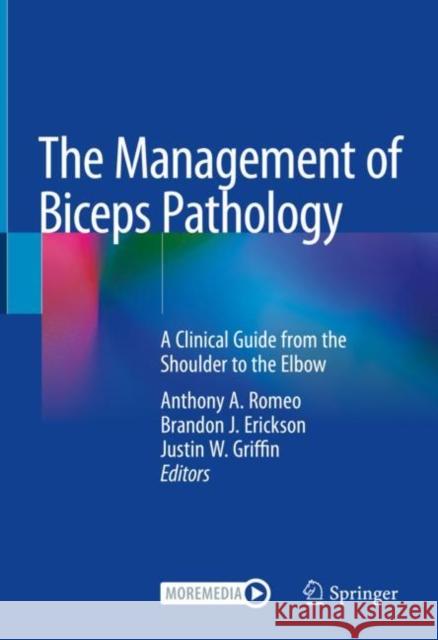The Management of Biceps Pathology: A Clinical Guide from the Shoulder to the Elbow » książka
topmenu
The Management of Biceps Pathology: A Clinical Guide from the Shoulder to the Elbow
ISBN-13: 9783030630188 / Angielski / Twarda / 2021 / 335 str.
The Management of Biceps Pathology: A Clinical Guide from the Shoulder to the Elbow
ISBN-13: 9783030630188 / Angielski / Twarda / 2021 / 335 str.
cena 564,88
(netto: 537,98 VAT: 5%)
Najniższa cena z 30 dni: 539,74
(netto: 537,98 VAT: 5%)
Najniższa cena z 30 dni: 539,74
Termin realizacji zamówienia:
ok. 22 dni roboczych
Dostawa w 2026 r.
ok. 22 dni roboczych
Dostawa w 2026 r.
Darmowa dostawa!
Kategorie BISAC:
Wydawca:
Springer
Język:
Angielski
ISBN-13:
9783030630188
Rok wydania:
2021
Wydanie:
2021
Ilość stron:
335
Waga:
0.77 kg
Wymiary:
25.91 x 19.56 x 1.78
Oprawa:
Twarda
Wolumenów:
01











